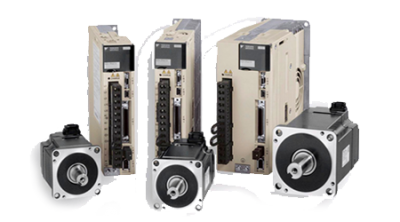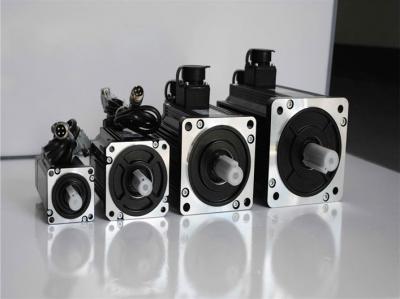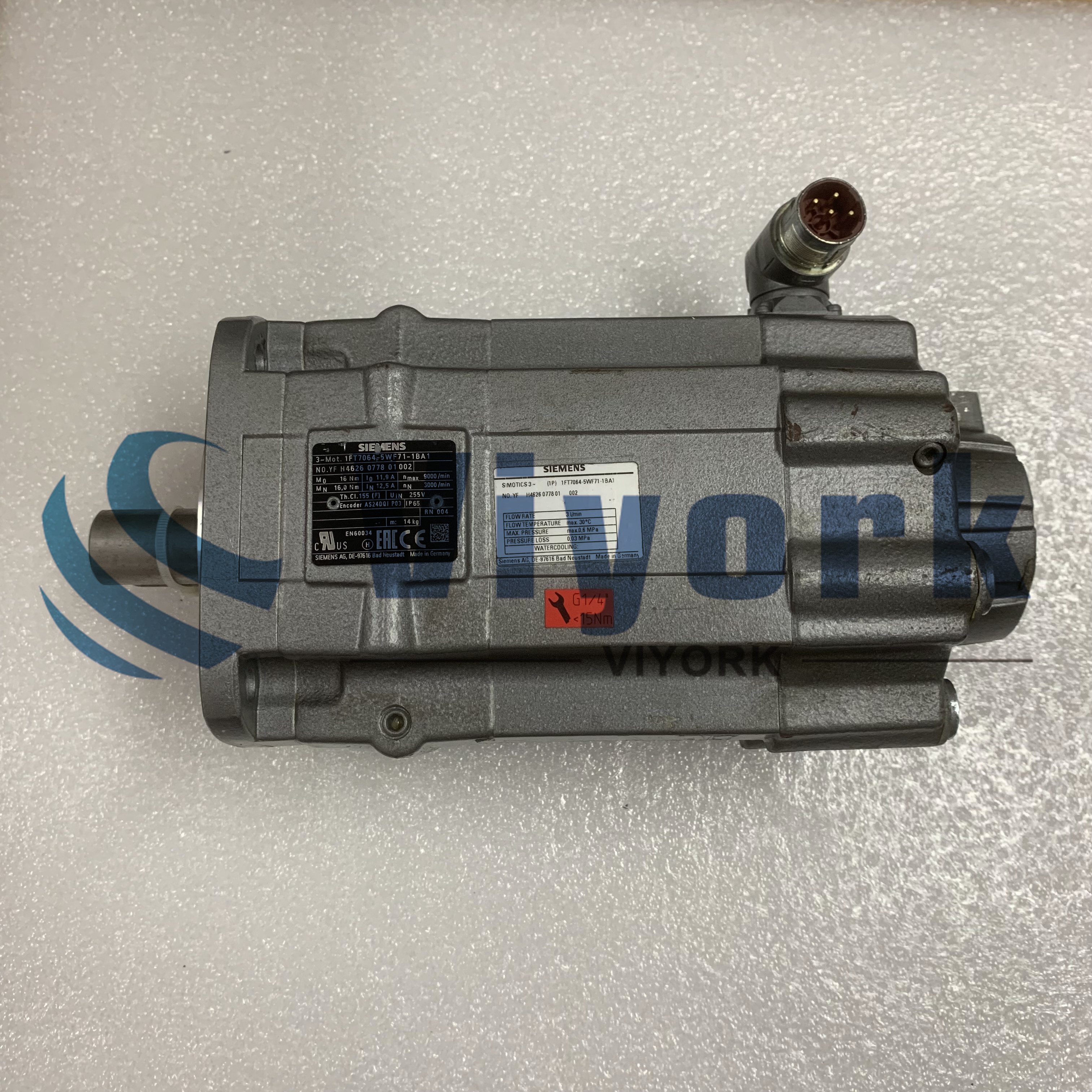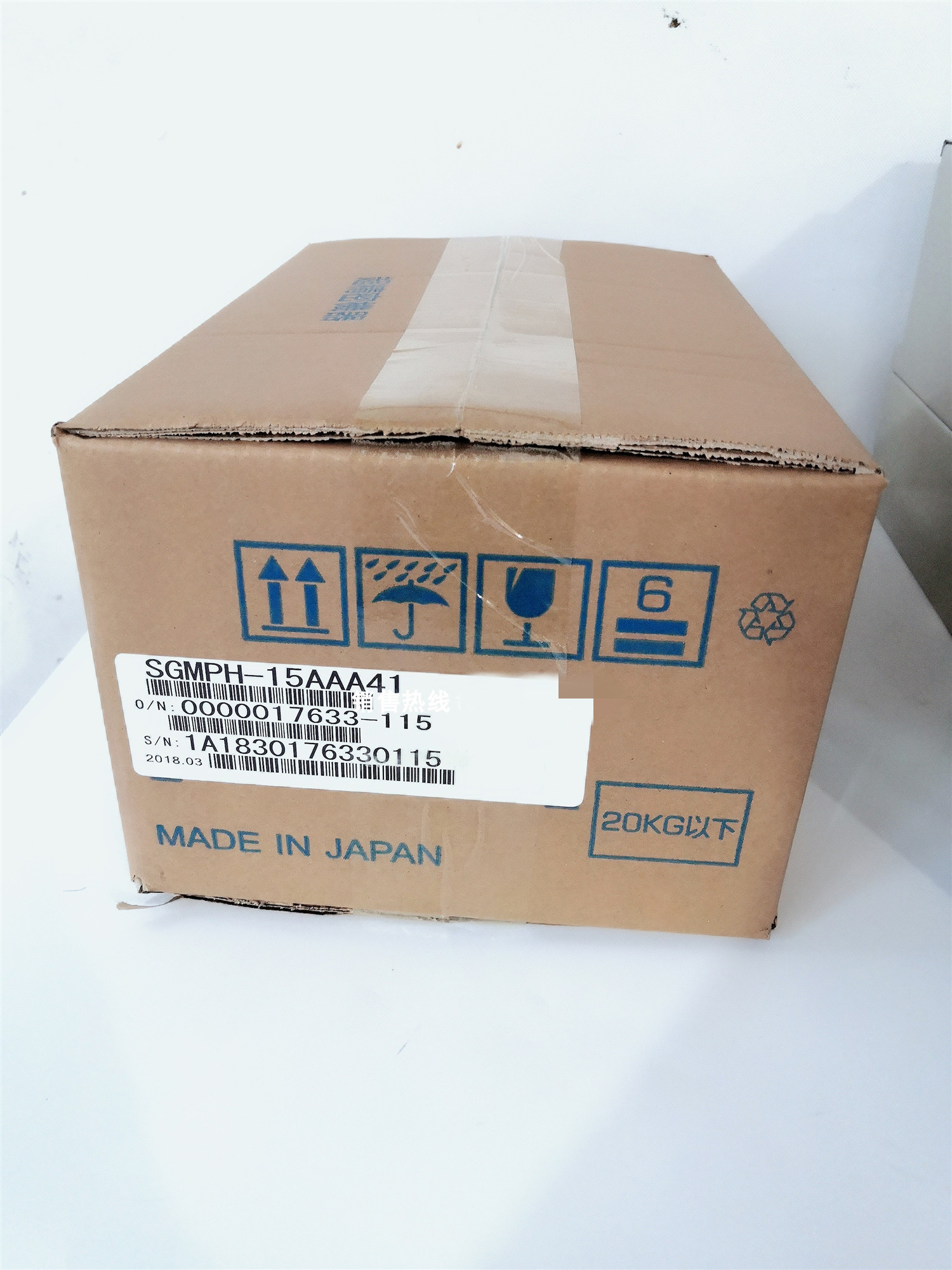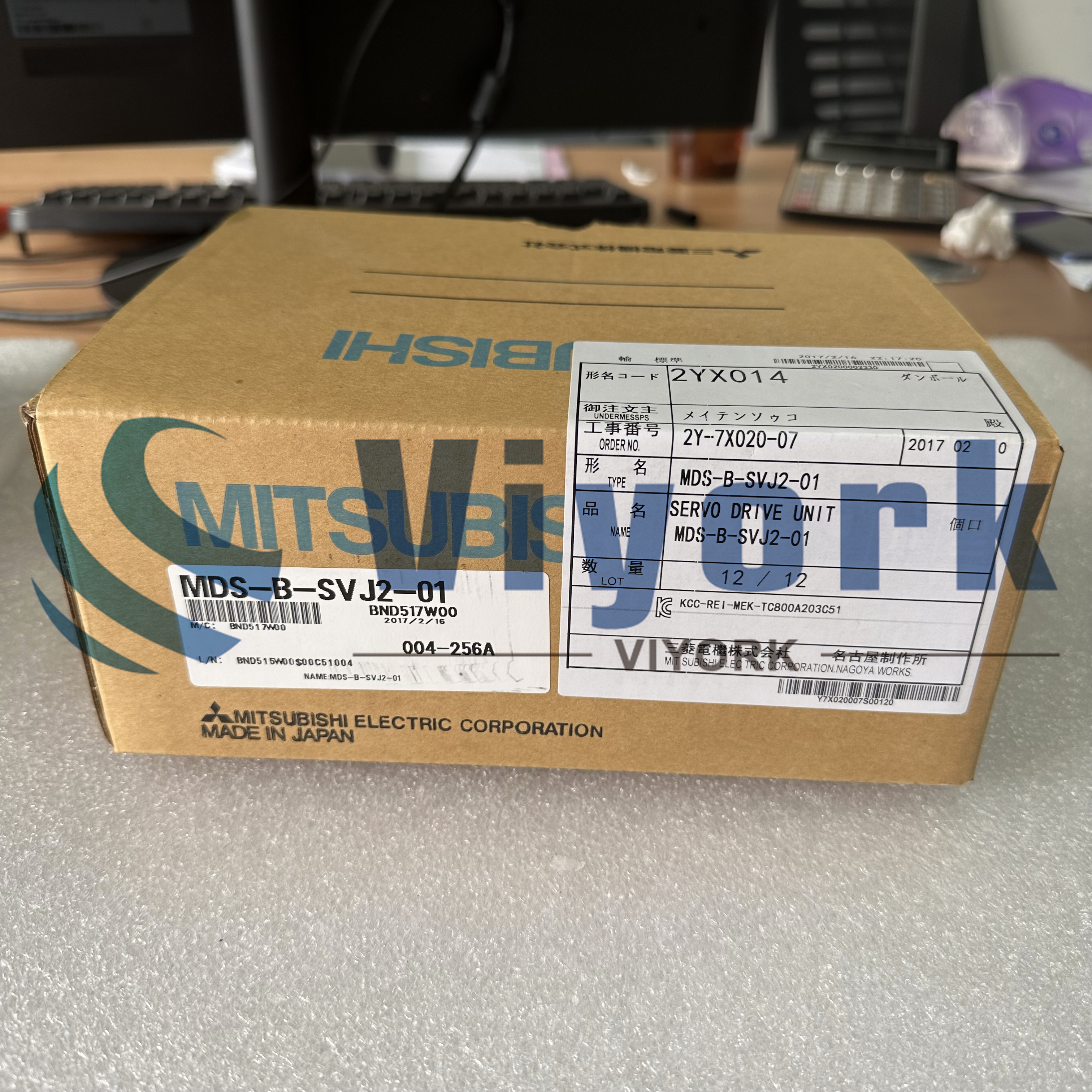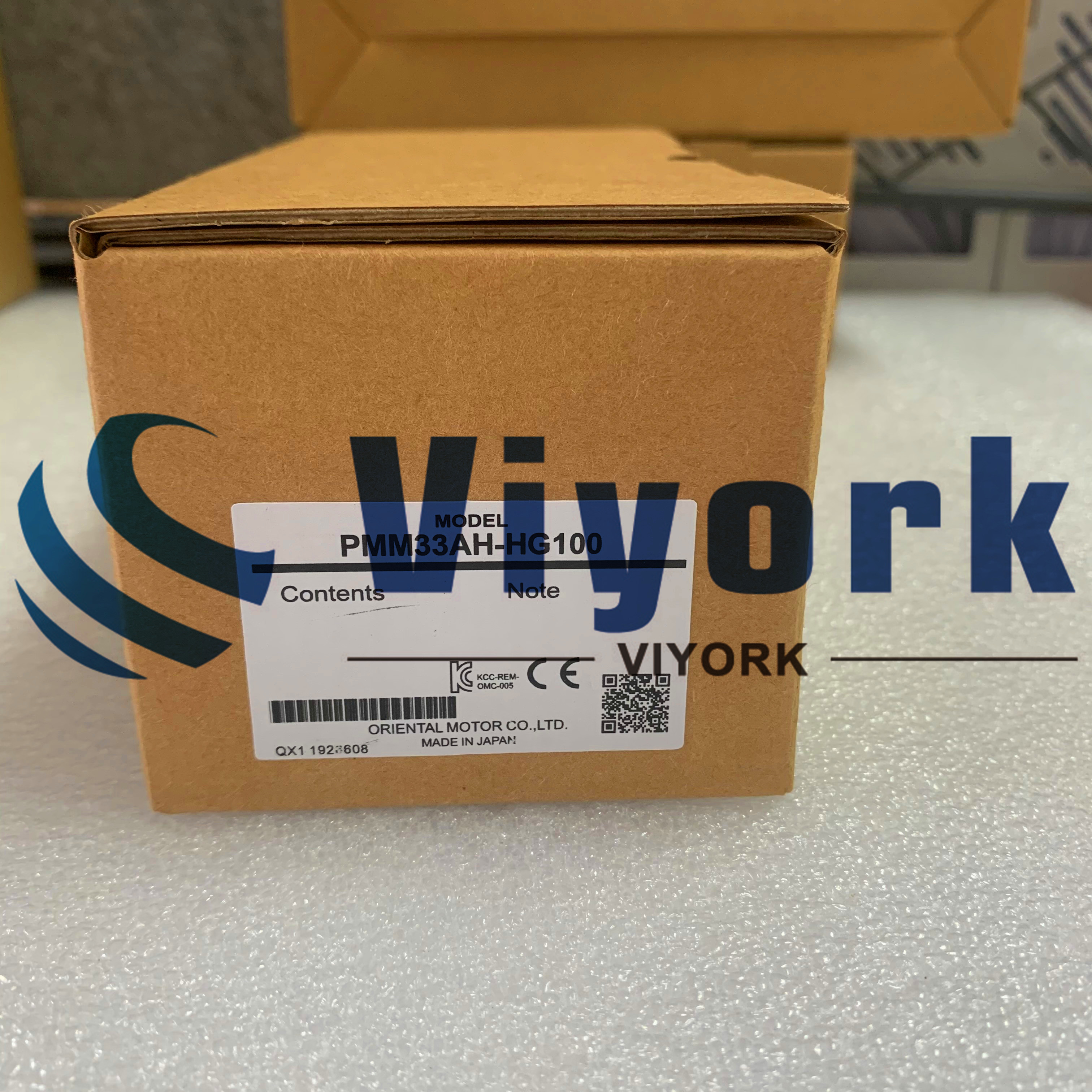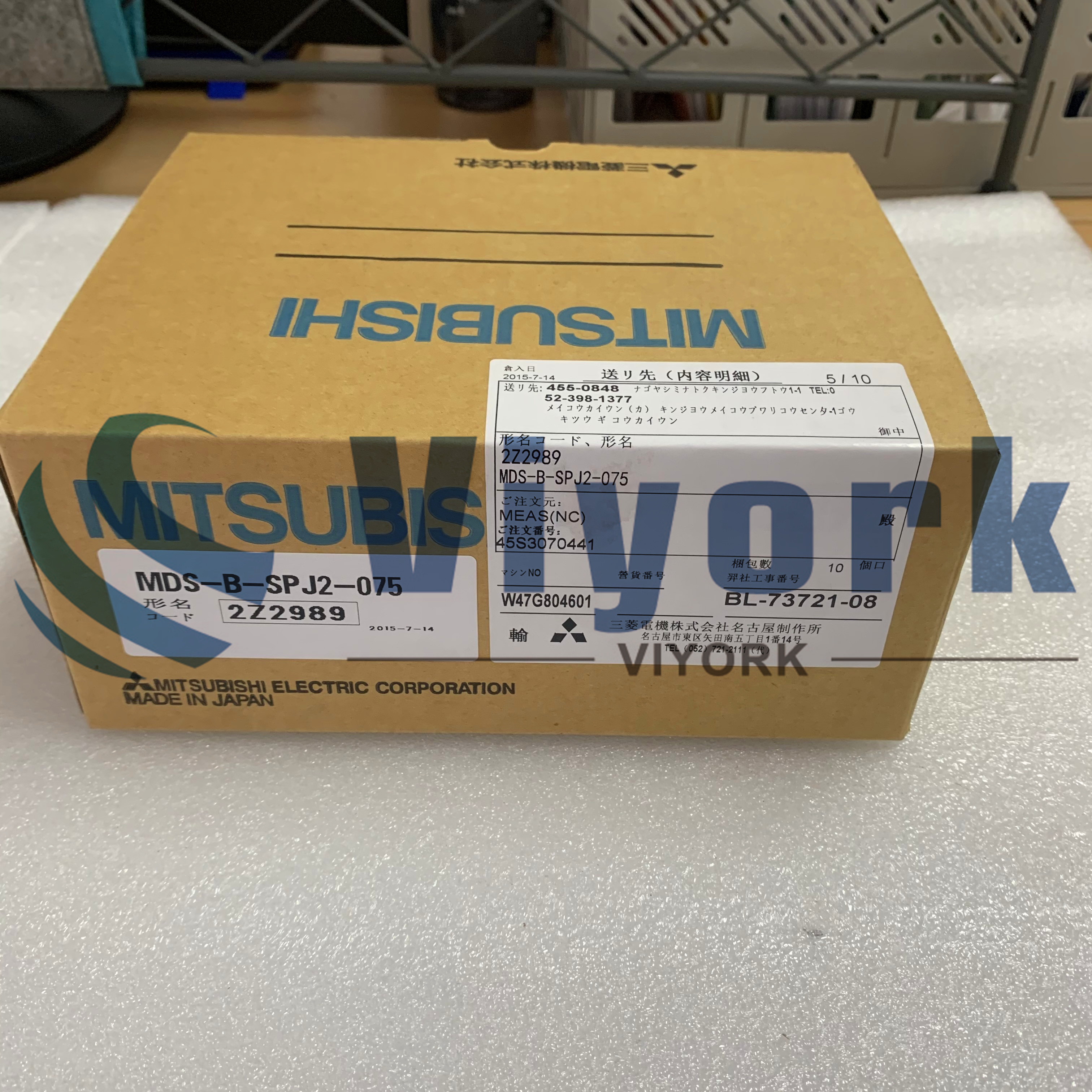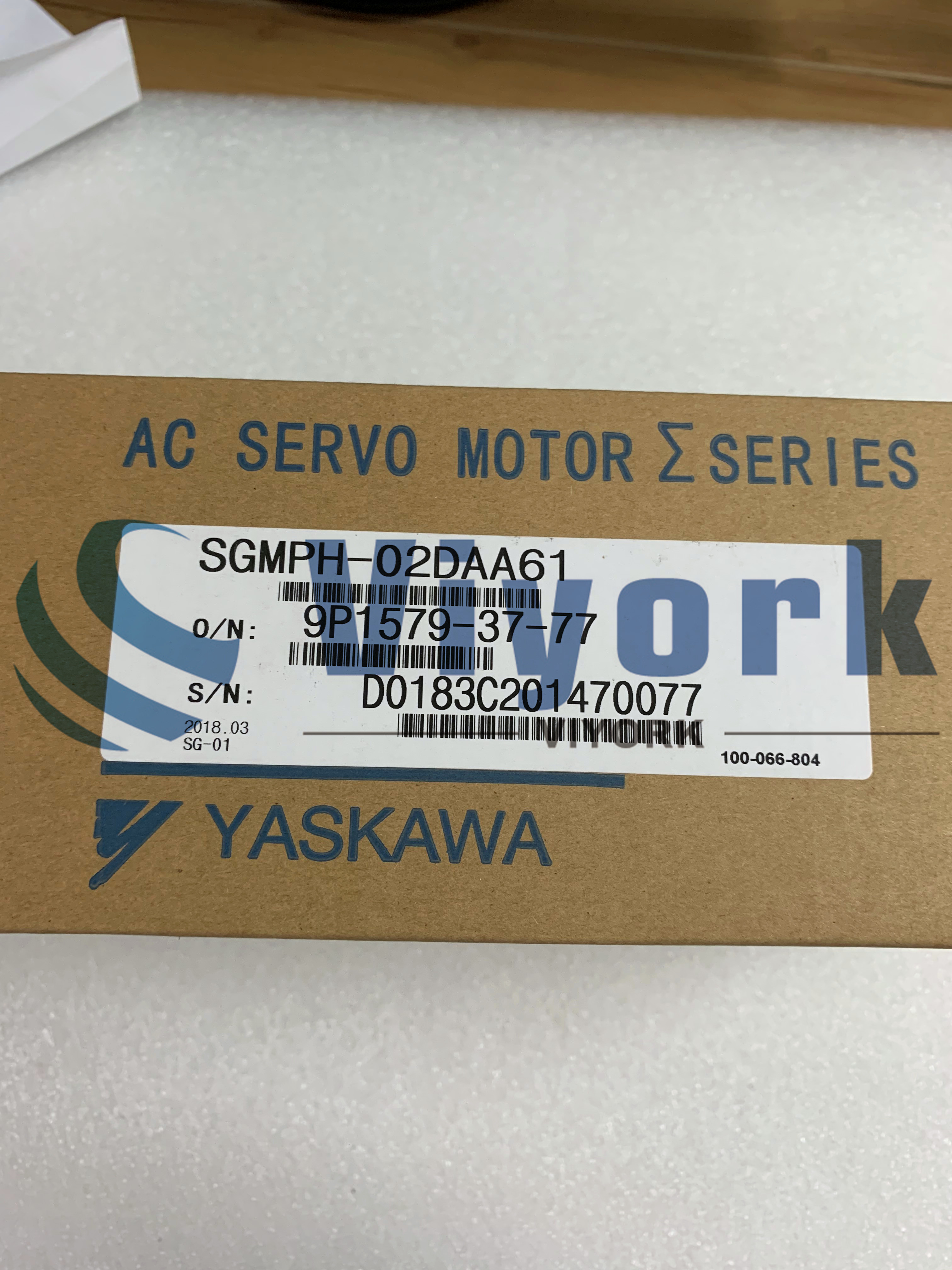At present, mainstream servo drives all use a digital signal processor (DSP) as the control core, which can realize more complex control algorithms and realize digitization, networking and intelligence. Power devices generally use a drive circuit designed with an intelligent power module (IPM) as the core. The drive circuit is integrated in the IPM, and it has fault detection and protection circuits such as overvoltage, overcurrent, overheating, and undervoltage. Soft start-up circuit is also added into the main circuit to reduce the impact of the start-up process on the drive.
The power drive unit first rectifies the input three-phase power or mains power through the three-phase full-bridge rectifier circuit to obtain the corresponding direct current. After the three-phase power or mains power is rectified, the three-phase sinusoidal PWM voltage inverter is used to drive the three-phase permanent magnet synchronous AC servo motor. The entire process of the power drive unit can be simply said to be an AC-DC-AC process. The main topology circuit of the rectifier unit (AC-DC) is a three-phase full-bridge uncontrolled rectifier circuit.
With the large-scale application of servo systems, the use of servo drives, servo drive debugging, and servo drive maintenance are all important technical issues for servo drives today. More and more providers of industrial control devices have conducted in-depth technical research on servo drives.
High performance servo drives are an important part of modern motion control and are widely used in automation equipment such as industrial robots and CNC machining centers. In particular, servo drives used to control AC permanent magnet synchronous motors have become a research hotspot at home and abroad. Current, speed, and position 3 closed-loop control algorithms based on vector control are commonly used in the AC servo motor design. Whether the design of speed closed loop in the algorithm is reasonable or not plays a key role in the overall servo control system, especially in the speed control performance.
1. Wide speed governing range
2. High positioning accuracy
3. There is sufficient transmission rigidity and high speed stability
4. Quick response, no overshoot
In order to ensure productivity and processing quality, in addition to higher positioning accuracy, the characteristic of good fast response is also required, that is, the response of the tracking command signal is required to be fast, because the CNC system requires a big enough acceleration of speeding up and slowing down when starting and braking, so as to shorten the transition process time of the feed system and reduce the contour transition error.
5. Low speed and large torque, strong overload capacity
Generally speaking, the servo drive has an overload capacity of more than 1.5 times in a few minutes or even half an hour, and can be overloaded by 4 to 6 times in a short period of time without damage.
6. High reliability
The feed drive system of the CNC machine tool is required to have high reliability, good working stability, strong environmental adaptability such as temperature, humidity, and vibration, and strong anti-interference ability.
1. The motor can run smoothly from the lowest speed to the highest speed, and the torque fluctuation should be small. Especially at low speeds such as 0.1r/min or lower, there is still a steady speed without creeping.
2. The motor should have a large and long-time overload capacity to meet the requirements of low-speed and large torque. Generally, the DC servo motor is required to be overloaded by 4 to 6 times within a few minutes without being damaged.
3. In order to meet the requirements of fast response, the motor should have a small moment of inertia and a large locked-rotor torque, and have the smallest possible time constant and starting voltage.
4. The motor should be able to withstand frequent starting, braking and reverse rotation.
 Call us on:
Call us on:  Email Us:
Email Us:  1103, Block C, South Building, Luo Fang Road, Luohu District, Shenzhen, 518001, China
1103, Block C, South Building, Luo Fang Road, Luohu District, Shenzhen, 518001, China 
